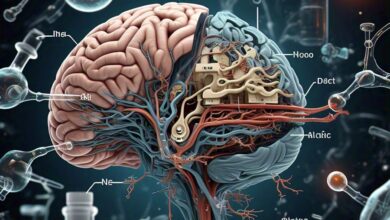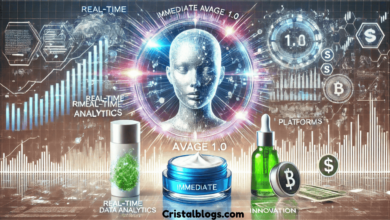The Importance of Humans and AI Working Together for Leading Content

Content creation is evolving rapidly, and artificial intelligence (AI) is a significant driver of this transformation. From AI-powered writing tools to advanced algorithms optimizing marketing strategies, technology is redefining how we produce and distribute content.
However, while the arrival of AI has brought unprecedented capabilities, it hasn’t—and likely won’t—replace the essence of human creativity. The most compelling content is not born from machines alone. It thrives when humans and AI work hand in hand, leveraging their unique strengths to produce truly impactful marketing and communication.
The Unique Power of Human Creativity
At the heart of every successful content strategy lies human creativity and understanding—qualities that machines cannot replicate. Great content demands empathy, cultural awareness, and emotional resonance. While AI can analyze patterns and trends within seconds, it lacks the raw imaginative spark that humans bring to the table. A clever campaign idea, a witty headline, or a reference to a nuanced cultural phenomenon stems from a deeply human thought process.
For example, a brand may want to create a social campaign centered around joy. AI can suggest words or phrases associated with happiness based on user data, but it takes a human brain to weave these into a story that connects with the audience on an emotional level.
Furthermore, content creators offer contextual knowledge of their industries and consumers—an understanding that AI struggles to grasp fully. A marketing professional such as King Kong can read between the lines of industry developments and consumer demographics to craft highly relevant material, something that even the most advanced AI models are yet to master to perfection.
Challenges of Integrating AI into Content Strategies
The rise of AI in content development is not without its challenges. Ethical concerns often top the list. Plagiarism, misinformation, and biased outputs are potential risks when relying heavily on AI tools. The so-called “copy-paste culture” fueled by AI-powered platforms could compromise brand integrity by failing to create original and distinct voices.
Additionally, over-dependence on AI can lead to diminishing returns in creativity. Machines are programmed to work within the frameworks they’ve been trained on. If too much trust is placed in AI, content risks becoming formulaic, repetitive, and tone-deaf as it relies primarily on algorithmic outputs rather than creative innovation.
Lastly, the integration of AI tools requires significant training and adoption time. Not every marketing professional may feel comfortable adapting their workflow to incorporate AI, particularly when its limitations lead to frustration or misunderstandings. Successful integration means not only equipping teams with the tools themselves but also fostering an openness to experimentation and learning.
Complementing Human Skills with AI
Despite these challenges, AI’s potential to augment and empower content creation professionals is undeniable when integrated thoughtfully. By focusing on tasks that machines excel at, such as data analysis, pattern recognition, and content scaling, professionals can free up time to focus on creative pursuits.
For example, AI tools like Jasper or Copy.ai can generate drafts quickly, saving writers hours of grunt work. Meanwhile, human editors ensure these drafts are engaging, polished, and aligned with brand messaging. Similarly, marketers can use AI for predictive analytics and customer segmentation, allowing them to plan campaigns more strategically while still making the creative decisions that resonate best with audiences.
To integrate AI effectively, content teams should treat these tools as collaborators, not replacements. Humans act as architects, designing the vision for each campaign with AI functioning as knowledgeable assistants, handling repetitive tasks or providing insights to refine strategies.
Continuous learning is also key. Professionals must stay informed about the latest AI advancements and dedicate time to experimenting with these solutions. Over time, this gives teams the critical edge to use AI not merely as a practical tool but as a competitive advantage.
Crafting the Future with Human-AI Synergy
The future of content lies in collaboration. Neither humans nor AI can single-handedly create the kind of powerful, authentic, and engaging material that dominates today’s competitive markets. Together, however, they can achieve incredible feats—combining the creative ingenuity of humans with the processing power of machines.
Content creators and marketing professionals who find ways to balance these strengths will not only elevate their craft but will also stay ahead in a world that is quickly redefining what “good” content means.




